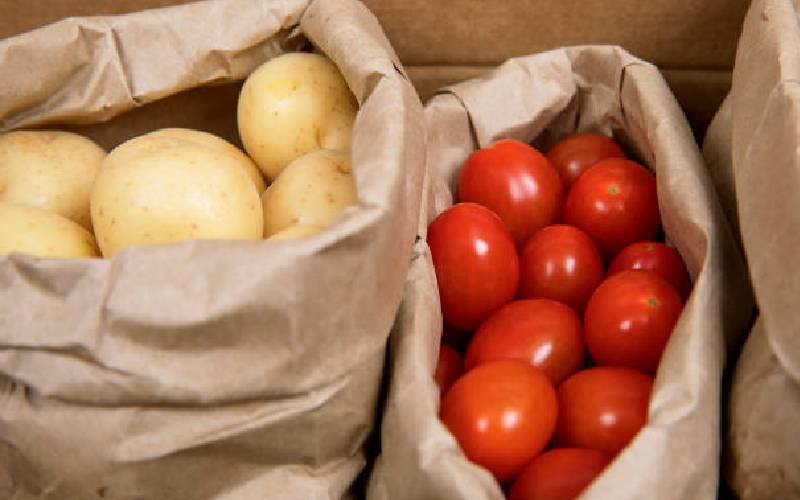New genomic research has revealed that the modern-day potato has deep ancestral ties to tomatoes, stemming from a natural hybridization event that occurred around nine million years ago in South America. This surprising discovery is reshaping our understanding of plant evolution and crop origins.
Scientists previously believed that random genetic mutations were the primary force behind the emergence of new species. However, recent findings indicate that ancient hybridization the mixing of different species played a far greater role than once thought. In the case of the potato, its evolution is a perfect example of this powerful natural process.
Modern potato plants bear a striking resemblance to three Chilean species classified as Etuberosum, yet these wild relatives do not produce tubers the starchy underground structures we commonly eat. On the other hand, the potato’s genome shows a notable affinity with that of tomatoes. This unexpected closeness sparked a major investigation into its origins.
A large-scale genomic analysis involving over 450 cultivated potato samples and 56 wild species revealed a near-consistent genetic blend in all potato types: about 60% of their DNA originates from Etuberosum, and 40% from tomatoes. This uniformity across both wild and domesticated varieties points to a single, ancient hybridization event not a series of later cross-breeding episodes.
Crucially, the study identified two key genes responsible for the potato’s tuber-forming ability. The SP6A gene, which signals the plant to start forming tubers, was inherited from the tomato side. However, it only triggered underground growth when combined with the IT1 gene from the Etuberosum lineage. This genetic pairing enabled the formation of nutrient-rich tubers, a trait that made potatoes an ideal survival crop.
The timing of this evolutionary leap coincided with the uplift of the Andes mountains, creating favorable environments for such hybrid plants to thrive. Potatoes’ ability to reproduce asexually through sprouting made them resilient and easily spreadable, contributing to their status today as one of the world’s staple crops.
Researchers are now using this knowledge to create hybrid potatoes that can reproduce by seed combining the speed of modern breeding with the resilience of their ancestral roots. The tomato, once a silent contributor to the potato’s past, may now also help define its future.

